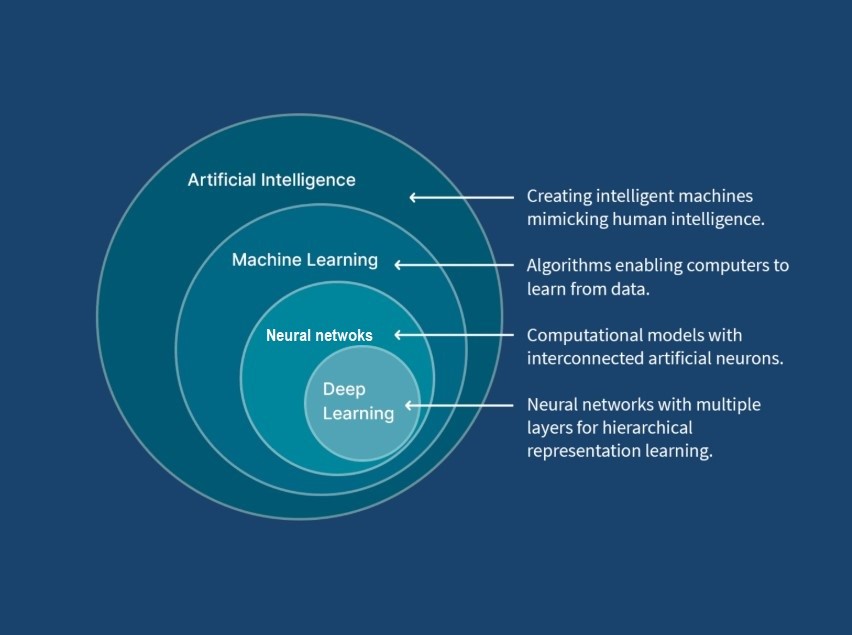7667766266
enquiry@shankarias.in
Mains: GS III – Science and Technology- Developments and their Applications and Effects in Everyday Life
Recently, there has been a lot of challenges faced by the AI data annotators and workers in various countries.

